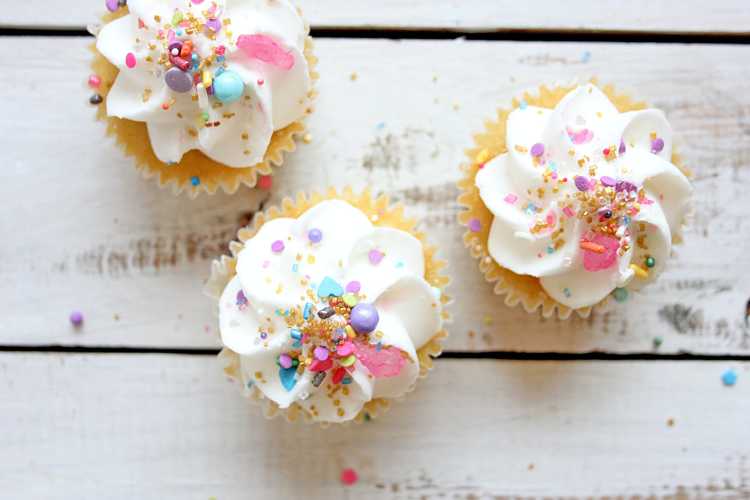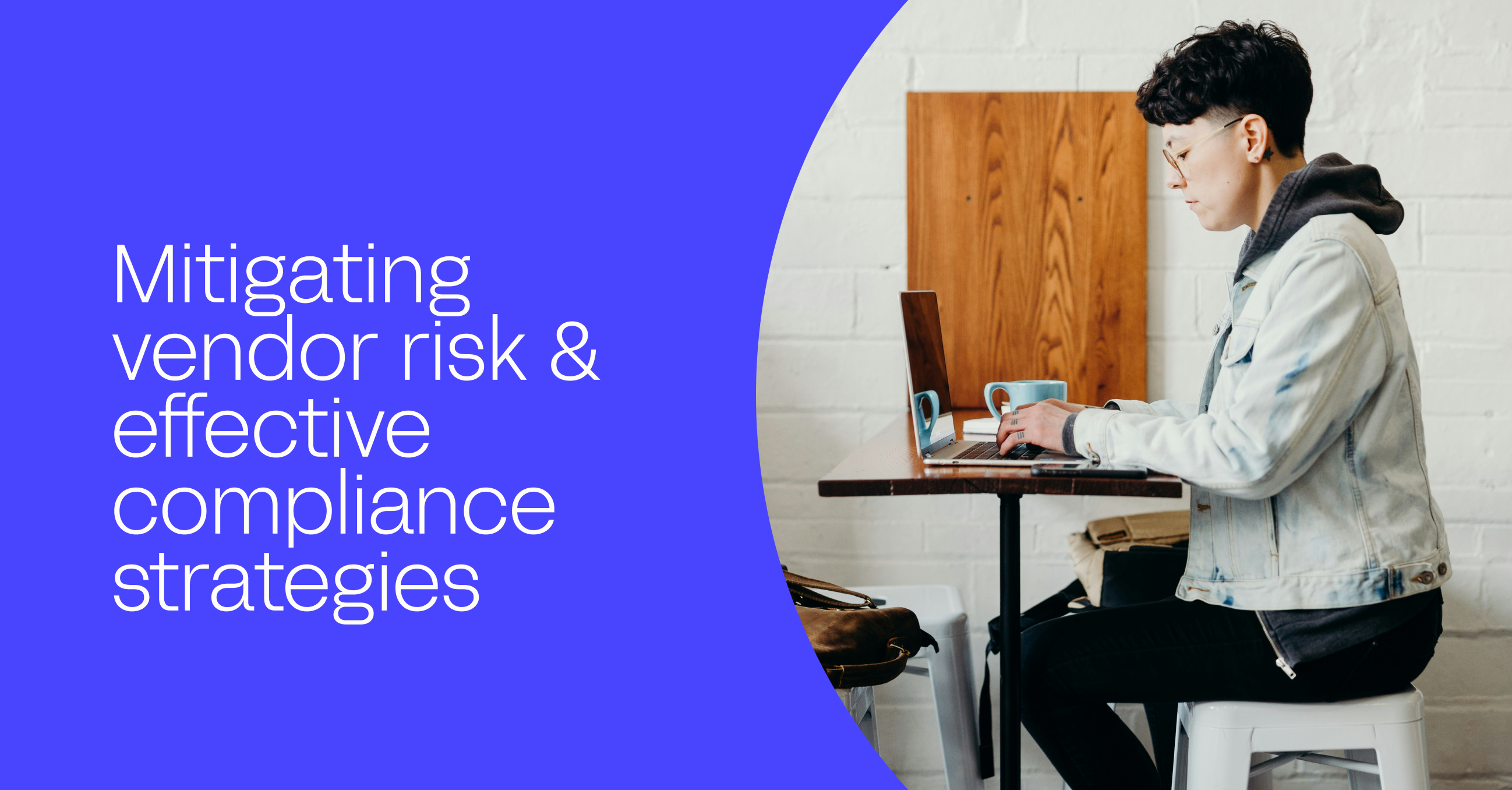Purchase requisition or purchase order?
Jo McCann
| May 27th, 2021
Purchase requisitions typically help stakeholders make an informed decision to approve or deny a purchase. Purchase orders formalize the order for goods or services needed. Learn more about how and when these two documents are used.
Is there a cost-equity benefit of treating a new client to a dozen cupcakes? Do funds need to be allocated to new tools for the service team? Knowing where business spend is going—and for what reasons—is key to planning for future needs as well as preventing unnecessary costs. To help answer these questions and define budgeting needs, successful business spend management plans include documentation at different stages in the procurement process. Let’s take a closer look at two of these documents.
What is a purchase requisition?
Before a cupcake order can be placed, companies may choose to use an internal form called a purchase requisition that becomes part of an approval process. A purchase requisition is not a legally binding document. Rather, it is a form that defines a business need, the cost associated with that need, as well as information that a stakeholder can use to track the request back to origin if necessary before approval can be granted.
Purchase requisitions can be used for myriad reasons that differ from company to company. A business may choose to require a requisition form for all purchases from closing-client perks to safer step ladders in the warehouse. Alternatively, a business may require a requisition form for purchases that exceed a specific amount. In this instance, employees are pre-approved to make smaller purchases using a corporate card to their discretion. While those purchases are also tracked, they do not go through the same pre-approval process that a purchase request form initiates.
What does a purchase requisition include?
Purchase requisition forms include identifying information that helps a stakeholder make an informed decision to approve or deny a purchase. The form should answer the following questions.
Who? Name of the employee, the employee title, name of the department where the request originated.
When? The date the request is submitted and also the date by which the product or service is needed.
What? Quantity of product or duration of service to be ordered.
Why? Is there a business case for the proposed purchase?
Where? What vendor has been identified to fulfill the purchase?
How? Capturing what the anticipated price of the purchase will be and if that cost may be subject to a significant reduction based on quantity or order date.
Why you need a purchase requisition
Purchase requisitions offer valuable insights. As the purchases are approved, they help the purchasing department to track future budget decisions. It may be that not enough funds are allocated to a specific department or not enough inventory is in place because demand for a product line has grown. Having a purchase requisition in the procurement process also introduces a stopgap for extraneous spending. If a business seems to be bleeding cash flow through a specific department, a history of purchase requisition forms would help to identify the cause.
Perhaps most importantly, however, purchase requisition forms can help to show decision makers how employees view business needs. It may be that unknown needs are being identified consistently which would be an indication that a stakeholder needs to check in with their teams. Conversely, where an employee is requesting unnecessary purchases regularly, it introduces a professional development coaching opportunity.
What is a purchase order?
Congratulations, the cupcake order has been approved by a manager as a viable way to show appreciation to a new client! The next step in the purchase process is to formalize the order for goods or services needed. Some businesses are able to convert a purchase requisition into a purchase order through electronic purchasing systems like customer relationship management (CRM) or enterprise resource planning ERP software. Other companies may simply create a purchase order that may or may not undergo an additional approval process. Whichever means a purchase is approved, once the order is sent to and accepted by a vendor it becomes a formal request from a vendor and a legally binding financial contract between a buyer and supplier.
It is important to note that just as there is an internal approval process for a purchase order, the supplier must also agree to the purchase order before it is binding. For the most part, a supplier that receives a purchase order will approve it. However, two factors may cause a purchase order to be rejected. The first is if any information on the order is in conflict with supplier information. For example, if a product is ordered that the supplier does not carry or if the expected price on the purchase order is not correct. The other reason could be if the supplier has decided to no longer work with a buyer. This is usually caused by past payment issues or outstanding invoices.
What does a purchase order include?
Information on a purchase order is similar to that of a purchase requisition but will also include payment details for future invoicing as well as signatures of stakeholders to formalize the contractual nature of the document. Purchase order elements include:
Identifying information for both buyer and vendor: name of the company, mailing address, billing location, and invoice address.
Product specifics: SKU, quantity of goods, product description, and unit cost.
Important dates: the date the PO was issued and anticipated delivery date.
Cost specifics: total price of purchase, taxes, exemptions, and anticipated discounts.
Invoicing and Payment details: PO number, payment terms, and payment method preferences.
Stakeholders: contact email address or phone number as well as signature.
Why you need purchase orders
Like purchase requisitions, purchase orders are similarly beneficial insofar as offering insights on current spending and planning for future budgets. However, POs go beyond just documenting intentions—they are a record of actual purchases that a business has made. They are not, however, invoices which are created by the supplier and should not be considered indications of payment.
Purchase orders that go through an approval process provide another layer of greater control to finance, procurement, and purchasing departments. Some large businesses will even require POs for goods that transfer between internal departments, allowing finance to track where budgets should be allocated. Conversely, businesses that function without a layered approval process may experience fragmented communication and lack of transparency of where spend is going.
Including purchase orders in the purchasing process helps to prevent overspending. A unique purchase order number helps to eliminate duplicate orders. Specific vendor information helps to weed out invoice fraud. Even unit cost and quantity of goods minimize receiving overages of deliverables and call out new unit pricing created by changing market value. Further, should financial audits occur, purchase orders become excellent tools for tracking activity.
How the purchase order process works
Each business will have preferences for procurement, especially where approvals are concerned. However, general PO workflow is as follows:
PO creation. Once a requisition or request for spending has been approved, a purchase order is created by a procurement department with detailed order information including a specific PO Number that follows the order throughout the full purchase-to-payment cycle.
Approval flow. Approvals will vary but may include management approval, finance team approval, and executive level approvals. Confirmation may be subject to maximum spending limits or available vendor pool.
PO dispatch. Once the PO has been approved internally, it is sent to the selected vendor who also goes through an additional approval process subject to accuracy of request details and available inventory.
Binding contract. Once approved by the vendor, the PO becomes a binding contract between buyer and supplier. The supplier agrees to fill the order per specifications on the PO and the buyer agrees to pay for the goods or services.
Goods delivery. Once ready, the vendor delivers goods or completes services provided.
3-way matching. The receiving and accounting teams then begin a three-way matching process to ensure order quantities, prices, and total costs are consistent. Most deliverables include a receipt or packing slip that is compared to the purchase order and invoice. Learn more about 3-way matching accounting here!
PO closure. Once all three documents—purchase order, packing slip, and invoice—are found to match, the order is closed and payment can be processed.
Conclusion
With the right business case, any purchase becomes viable, even cupcakes! While it may not always be the best solution or the fill the biggest need for spend allocation at a given time, by including layers of spend tracking like purchase requisitions and purchase orders businesses ensure that they are making the best choices at the right times.
Recommended Reading

Accounting
What is payment automation?
From fraud detection to reducing manual data entry, automation can help your team be more efficient and focus on much more crucial tasks than filing papers.

Accounting
Mitigating vendor risk & effective compliance strategies
In this post, we’ll explore vendor risk management, why it's essential, and provide actionable strategies for effective vendor compliance.
